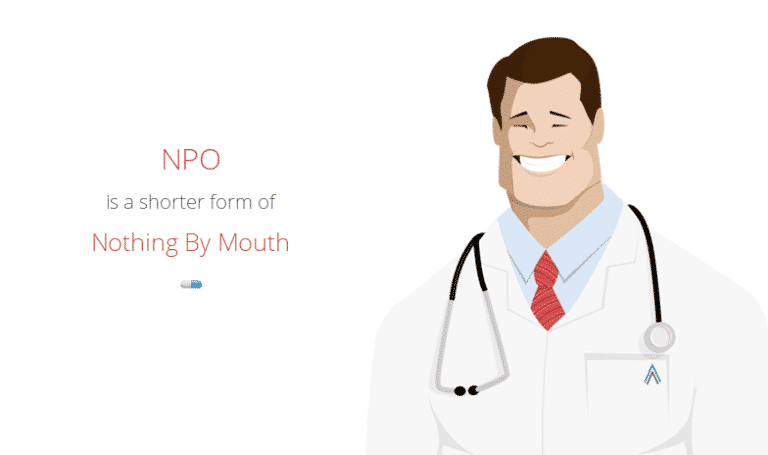Digital therapies: everyone talks about them – especially after the experience of the pandemic – but few in Swiss use them ! Before you can choose digital therapies – as a valuable offer to be included in your professional activity, or as a possible therapeutic path for a loved one who is sick – however, you need to know them. So let’s see together what we are talking about when we talk about digital therapies.
Table of Contents
What is the difference between Digital Therapies and Telemedicine
In a historical period in which “everything is digital”, sometimes we get a little confused about the terms. Let’s see the difference between telemedicine and digital therapies together. Telemedicine is the communication of medical and therapeutic data at a distance – “tele-visits”, for example.
Digital therapies, on the other hand, are real therapeutic interventions, with the characteristic of making use of software as an “active principle”. Software that – under certain conditions and always under the supervision of a professional – can therefore be curative.
It is important to underline that digital therapies, in analogy with pharmacological ones, are subject to regulation by the competent authorities, such as the European Medicines Agency, before they are put on the market. Therefore, digital therapies are also monitored in terms of safety , clinical efficacy and any side effects. Given the speed of evolution of this type of therapy, however, many experts complain of the difficulty of the regulatory aspect of keeping up with the multiple needs and frequent changes of this type of therapy.
Finally, digital therapies must not be confused with digital applications for wellness and health (for example fitness tracking apps) or with the digitalization of healthcare , – for example electronic reporting, data transmission from ambulances to emergency rooms, the possibility now offered by almost all regional systems to book medical examinations online.
What are the advantages of Digital Therapies
The digital therapies available on the market are many and varied, and embrace a great variety of different pathologies. As always, generalizing is risky, but we feel we can confidently say that most digital therapies offer benefits in terms of:
- Portability. Digital therapies, in most cases, are lean, agile and easily transportable, like a mobile phone or tablet.
- User experience, tolerance and adherence to therapy. Thanks to elements such as interactivity, engaging and everyday supports, and sometimes even elements of gamification, adherence to therapy ( compliance ) is higher than with traditional therapies. In many cases, on the design side, there is a great deal of attention to the user experience, especially since it is a more vulnerable user.
- Monitoring. Digital therapies allow better monitoring of the progress of therapy than traditional therapies. In some cases, the aggregate data that is collected by the devices can be used for analyzes that do not concern the health of the individual patient, but which can be useful for identifying trends in the population.
- Timing. Digital therapies often offer well-defined clinical protocols and consequently more certain times. Often, this goes hand in hand with the ability to customize the therapy to the patient’s needs, from a precision medicine perspective.
Digital Health in Swiss
What is the situation of digital therapies in Swiss? After the pandemic, this is certainly a “hot topic” for the country’s health. Something begins to move: according to a research report by the Digital Innovation in Health Observatory of the Politecnico, many doctors recommend to patients apps for physical activity (44%), do not forget to take medicines, (36% of doctors specialists) and to monitor clinical parameters (35% specialists). Most of the examples are limited to the aforementioned digital applications and develop the implementation of digital solutions for wellness and health and not for actual therapies. The diffusion of the latter, unfortunately, is still lacking compared to other European countries.
Let’s be clear: there is nothing wrong with traditional therapies. Digital must never be an end in itself, “just to use it”, but an option that can, in some cases, be more suitable, at the discretion of the professional and always taking into account the person as a whole.




